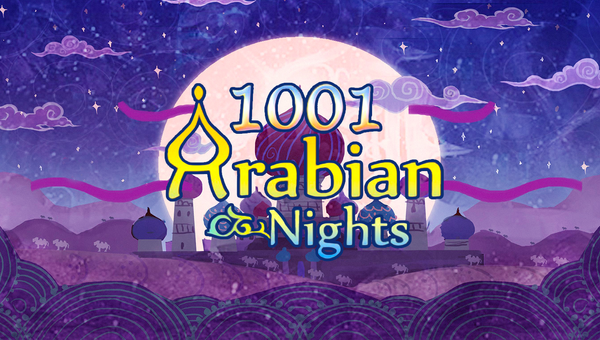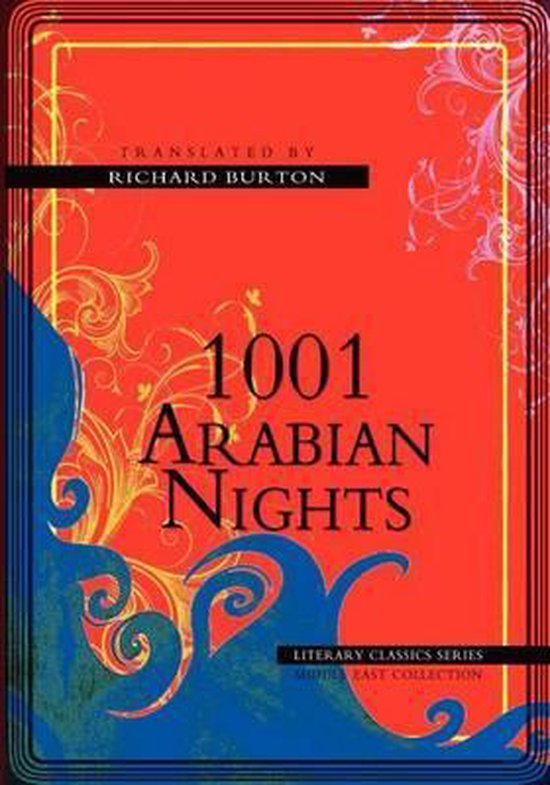

His so-called uncle started beating him for his refusal and forced him to enter the cave.What is meant by the East here is Islamic culture and civilization. Aladdin refused to enter the opened cave. That made Aladdin very scared.

Ovl&225 d&225 n&237 hry: my&237. Through the halls I glide in shadows.1001 Arabian Nights 5. Telling me that all was well. Midnight rang upon the bells. All awhile the young girl slept. Passed the palace guards I crept.
The main story is like the thread of a necklace while the exemplary tales attached to it are like pearls.A book illustration for "The Tale of the Husband and the Parrot" from “One Thousand and One Nights” by Polish artist Arthur Szyk.Those who have done research on the origin of these stories were mostly Europeans. This collection is comprised of one main case and other narratives inserted into it. T-shirts, posters, stickers, home decor, and more, designed and sold by independent artists.These tales, whose original Arabic name is “Alf Laylah wa-Laylah,” are a corpus of frame stories in type and technique. High quality 1001 Arabian Nights-inspired gifts and merchandise.
He stated that he heard these stories from a Maronite storyteller from Aleppo. (iStock Photo)Galland, who first translated the collection into French, added the famous stories, “Aladdin and the Magic Lamp” and “Ali Baba and the Forty Thieves,” himself. They are the Indian and Iranian tales, the Baghdad tales of the fifth Abbasid Caliph Harun al-Rashid era and the Egyptian tales of the Mamluks era.Lithograph shows a scene from "Ali Baba and the Forty Thieves", a fairy tale from "One Thousand and One Nights". Research has shown that the stories were accumulated through four different channels forming the corpus. A specialist in Sanskrit – an old Indo-Aryan language – August Wilhelm von Schlegel said the tales are of Indian origin, while French linguist and Orientalist Silvestre de Sacy rejected the stories' Iranian and Indian elements in the early 19th century.The diversity of “One Thousand and One Nights” and the differences in the places they are set – including India, Iran, Iraq, Egypt, Turkey and more – indicates that they were not written by the same author. The first scholars to have conducted research on these written texts were Antonie Galland, Hermann Zotenberg, Joseph von Hammer-Purgstall and Helmut Ritter.
Although it is the target of some criticism, it has gained a significant place in world history and shaped many famous writers in the West.In France, where it was initially published, Voltaire was the first author to have fallen under its spell. It has deeply influenced various branches of art, especially literature, and has become a unique nutrient for the worlds of imagination and thought. It was the famous Ottoman historian Hammer-Purgstall who converted it into German.“One Thousand and One Nights” has always attracted the attention of literati and readers since emerging in Europe. Published in Edinburgh in 1792 under the name “Arabian Tales: Being a Continuation of the Arabian Nights Entertainments, Consisting of One Thousand and One Stories,” the book has also been repeatedly printed over time into new translations from different languages such as Italian, Spanish, Portuguese, Danish, Swedish, Finnish, Dutch, Russian and Czech.

The spy, dubbed as "Lawrence of Arabia," would play a leading role in the uprising and organization of the Arab countries against the Ottoman Empire during World War I. Philosopher, novelist and playwright Jean-Paul Sartre said the book of tales is “not only a favorite work for Montesquieu, but the favorite book for every friend of romantic poetry.”Moreover, British soldier Thomas Edward Lawrence writes in his memoir, “The Seven Pillars of Wisdom,” that he gained interest in the Middle East due to the tales.


 0 kommentar(er)
0 kommentar(er)
